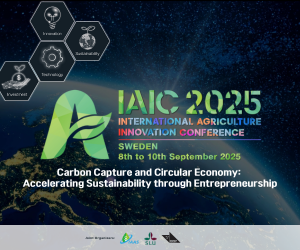What could a ‘bioeconomy’ in the Amazon look like?
Authors: Carolina Genin, Caroline Medeiros Rocha Frasson, Alex Simpkins, Bruno Felin
Edited by: IAAS Secretariat
News coverage of the Amazon rainforest in the past few years has been grim. Deforestation rates in the Brazilian Amazon increased 15 percent during 2021, with 3,772 square miles of native vegetation lost, an area the size of Puerto Rico. If deforestation continues, a tipping point may be reached where the Amazon rainforest becomes a net emitter of carbon rather than a carbon sink.
Aside from fueling climate change, deforestation poses risks to biodiversity: the Amazon is home to one out of every 10 species known to science.
The problem is that the current regional economic model in the Amazon is highly dependent on resource extraction and exploitation, pushing the rainforest closer to its tipping point. Changes in land use account for almost half of Brazil’s greenhouse gas (GHG) emissions, and of those emissions, about 80 percent are linked to deforestation in the Amazon.
It’s clear that heavily forested nations such as Brazil need a new economic model — one fit for a low-carbon, sustainable and prosperous future.
The concept of the bioeconomy emerged recently as a potential approach for sustainable development in the Amazon, but it’s not new around the globe. In a rainforest biome such as the Amazon, which faces many social and environmental crises, the bioeconomy needs to boost economic opportunities while maintaining biological, cultural and social diversity.
This article was published with limited permission from GreenBiz Click the link below to read full article.
Article Source: https://www.greenbiz.com/article/what-could-bioeconomy-amazon-look




